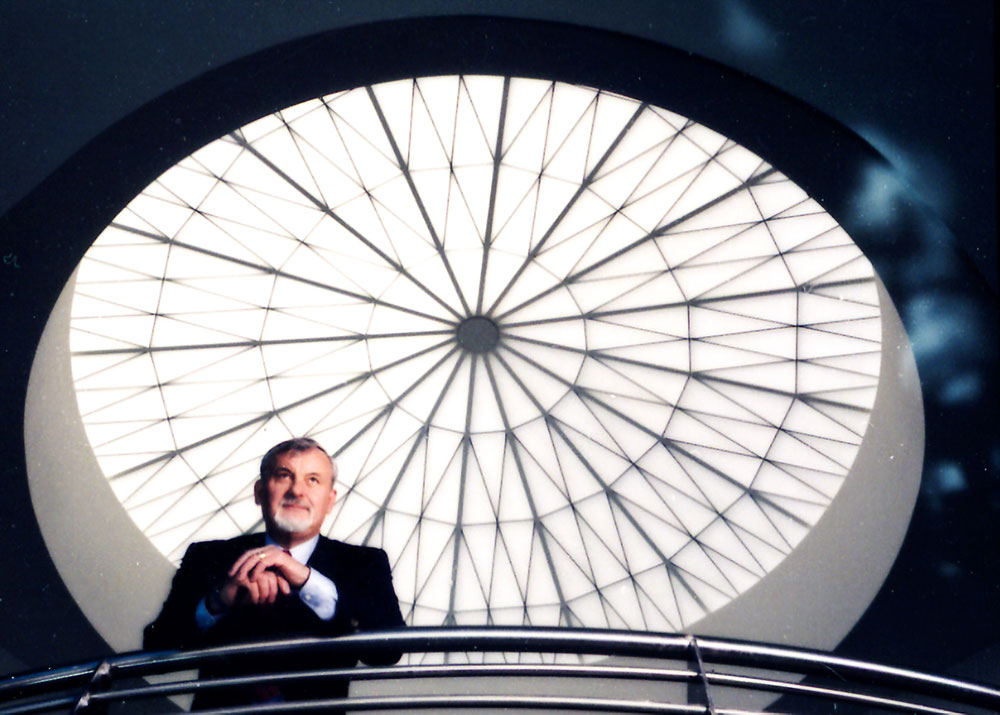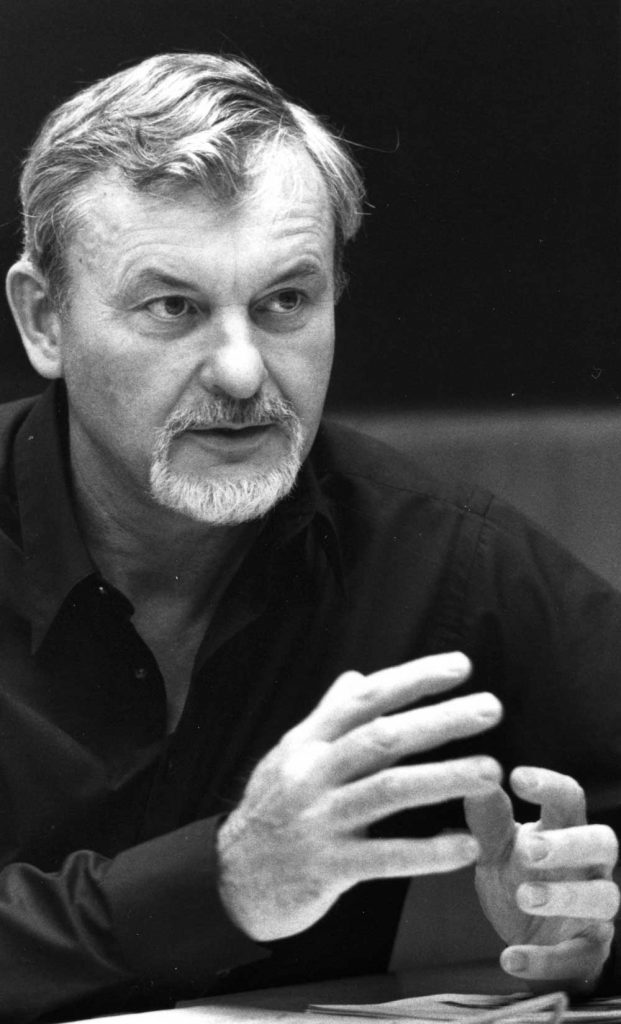Former Labs leader leaves legacy of commitment to research

Albert Narath, a chemist and head of Sandia National Laboratories from 1989 to 1995, died May 2. Al began his career at Sandia in 1959, and after a brief stint away from the Labs, he returned to lead it after the Cold War. He was the first president, a position now known as Labs director, to be selected from Sandia’s ranks.
Al’s legacy at the Labs was defined by his commitment to fundamental research. He earned a bachelor’s degree in chemistry from the University of Cincinnati and a doctorate in physical chemistry from the University of California, Berkeley, before joining Sandia in 1959 as part of a cohort of scientists hired to deepen the Labs’ research focus.
In 1984, Al left Sandia to join AT&T as vice president of Government Systems, prompting George Dacey, Sandia’s president at the time, to remark that “We’re losing a talented manager, but — who knows? — as my own career demonstrates, people do sometimes return.”
As predicted, Al returned to Sandia in 1989 to lead the Labs. He outlined a new vision for the Labs that focused on being more nimble and responsive to customer needs. Amid the political changes and uncertainties that came with the end of the Cold War, he pushed Sandia to define its core competencies and to build its research foundations on them.
He emphasized strategic planning and quality methodology, establishing a total quality program throughout Sandia, and was dedicated to maintaining vibrant research programs. Al launched the Labs’ first strategic planning effort and produced the first strategic plan within DOE.
Al cared deeply about Laboratory Directed Research and Development. In 1992, he converted it from an ad hoc endeavor operated by volunteers into an established office with a dedicated manager who oversaw a single process.
Al also took advantage of Congress’s creation of Cooperative Research and Development Agreements in the previous decade, making technology transfer a critical part of Sandia’s strategic plan.

In 1992, the U.S. conducted its last nuclear test and stopped designing new nuclear weapons for a short time. As the Soviet Union dissolved, concern grew about what might happen to its nuclear arsenal and to the scientists who designed it.
In the spring of 1992, Sandia hosted representatives from the U.S. nuclear weapons complex and Russian laboratories. The Russian labs discussed and demonstrated technologies like space nuclear reactors, railcar security upgrades, armored blankets, overpack containers, shipping containers for special nuclear material and accident response equipment.
In 1994, Al visited two warhead design centers in Russia and signed a landmark agreement between the Russian labs and Sandia to provide $6 million to support collaborative efforts between them. That year, he also met with the deputy director of the Kurchatov Institute, a center for reactor research in Russia, and signed an agreement that enabled Sandia to provide physical security technology and procedures for the institute.
In 1993, Sandia took on neutron generator manufacturing, which continues to be part of Sandia’s nuclear weapons mission work. Al’s push for quality standards and practices was well-suited to the manufacturing realm, and Sandia has since sought International Organization for Standardization certification in all manufacturing activities.